PA SHPO is kicking off a three-year effort to collect baseline survey information about thousands of older and historic places across a huge part of Pennsylvania.
Why survey?
Survey is the process of identifying and gathering data on a community’s historic resources. It is more than field survey (the physical search for and recording of historic resources on the ground); it also includes public engagement, planning and background research before field survey begins.
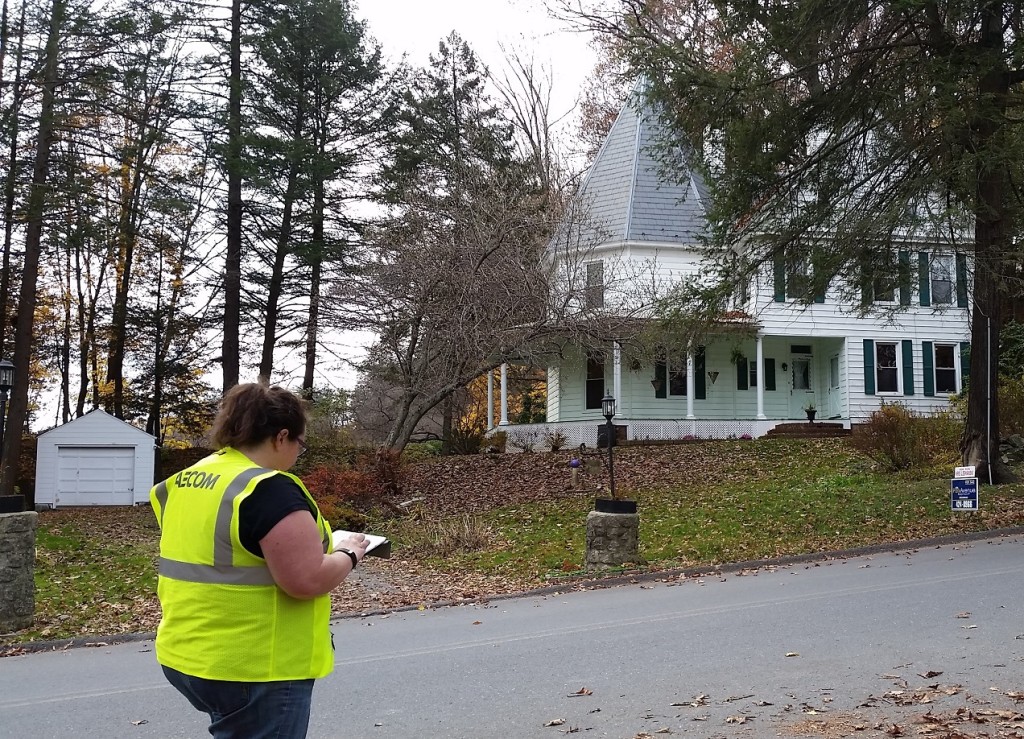
Survey is fundamental to historic preservation because it acknowledges that older and historic places add value to our communities and help tell Pennsylvania’s many stories.
Conducting surveys and creating an inventory are important steps toward preserving resources important to our heritage:
- Surveys help Pennsylvania’s communities, agencies and organizations identify the older and historic places that are historically and culturally significant and prioritize their preservation.
- Surveys inform decision making and aids in all types of planning at local, state, and national levels.
- Surveys provide insight into a community’s past, helps tell a more complete story, and increases public awareness and understanding that a community’s older and historic places are assets.
This baseline survey effort is one of the many ways in which we are implementing Goal 2 of the current statewide historic preservation plan, #PreservationHappensHere. This goal addresses the need for survey as a basic building block of preservation planning.
Brief Look at Survey in Pennsylvania
Historic resource survey has been a key component of the PA SHPO’s – and its partners’ – work since the inception of the bureau in the 1970s. PA SHPO awarded its first grants for historic resource surveys in 1970, long before the days of standardized survey forms and data collection.
From the late 1970s through the 1980s, the Bureau for Historic Preservation (the former name of the PA SHPO), organizational partners, and communities across the commonwealth collected a significant amount of information related to the built and natural landscapes of Pennsylvania.
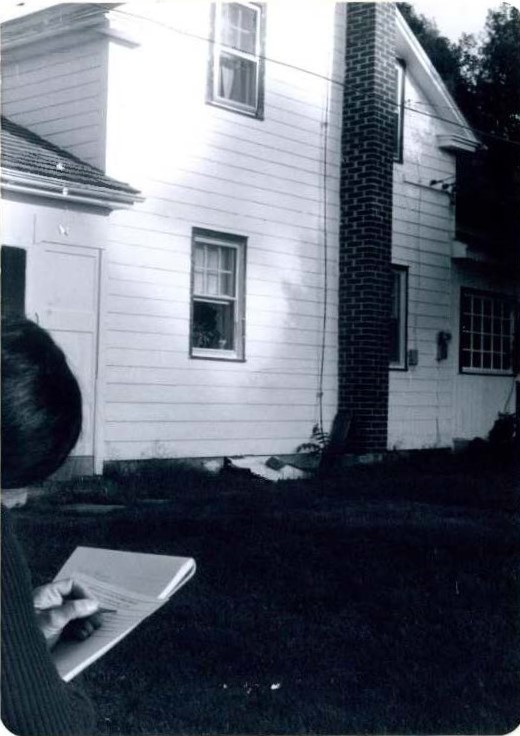
Roughly 90,000 of the approximately 150,000 records currently held in the PA SHPO’s database of resources were first documented and inventoried during this time.
Since the end of the 1980s, we have continued to add new resources and update information for existing records in our database. Much of this information was collected by PA SHPO’s partners, consultants, and community groups.
In 2018, we started the PA Above Ground Survey (PAGS) program to refocus our survey program and to add new and updated data to the PA Inventory of Historic Places. This statewide inventory is currently available through CRGIS and soon through PA-SHARE, which is expected to come online in late February 2021.
Plan for Baseline Survey in Pennsylvania
This baseline survey initiative aims to document a significant number of above ground historic resources across a vast geographic area of Pennsylvania quickly and efficiently.
We have set the goal of adding approximately 27,000 newly-identified resources (meaning they are not currently captured in CRGIS) in 52 of Pennsylvania’s 67 counties to the PA Inventory of Historic Places between 2021 and 2024. This will add a significant amount of information to PA-SHARE in the years to come.
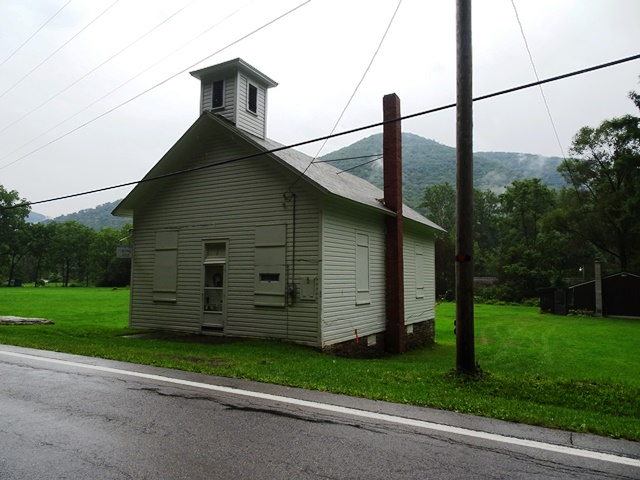
In the context of this project, the term “baseline” is synonymous with the PA SHPO’s minimum record, meaning that only a minimum amount of locational and physical data and photographs are collected for a property. Surveys included in this effort are for identification purposes only, not evaluation for eligibility for listing in the National Register of Historic Places.
To guide this effort, we have identified several survey priorities. Priority resources for survey are those that reflect themes underrepresented the PA Historic Places Inventory and those that are identified by local stakeholders.
These priorities are:
- African American churches and cemeteries, particularly in the Chesapeake Bay watershed
- Places associated with underrepresented racial and ethnic communities
- Places of local significance/importance as identified by local stakeholders
- Stone landscapes (Years 2 and 3)
Baseline survey efforts will also collect information about these types of places:
- Recreational properties
- Urban redevelopment projects
- Fraternal buildings
- Representative mid-20th century resources
- Industrial resources
- Representative commercial and residential properties of local vernacular
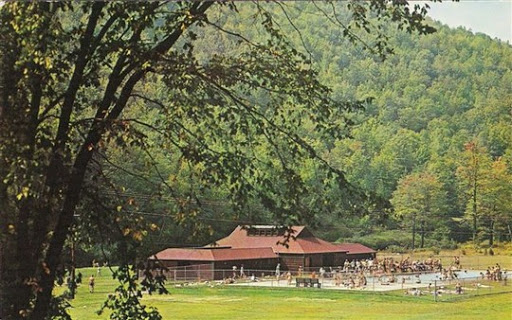
You can learn more about the survey priorities and survey methodology in the Plan for Baseline Survey in Pennsylvania, 2020-2024.
Getting Started
A huge effort like this one requires some careful planning and lots of teamwork between PA SHPO, the project manager and many survey contractors.
PA SHPO hired Johnson, Mirmiran & Thompson (JMT) to serve in the Project Manager role of this baseline survey effort. JMT’s role focuses on managing survey contractors’ completion of survey work, initiating public engagement in each survey county, and liaising between the PA SHPO and survey contractors.
Approximately five survey contractors will be hired for each year of this baseline survey effort to complete survey work in the identified counties for a total of 15 contracts. The number of survey contractors and contracts issued is subject to change.
We’ve divided up the 52 counties we identified for survey into Years 1, 2 and 3.
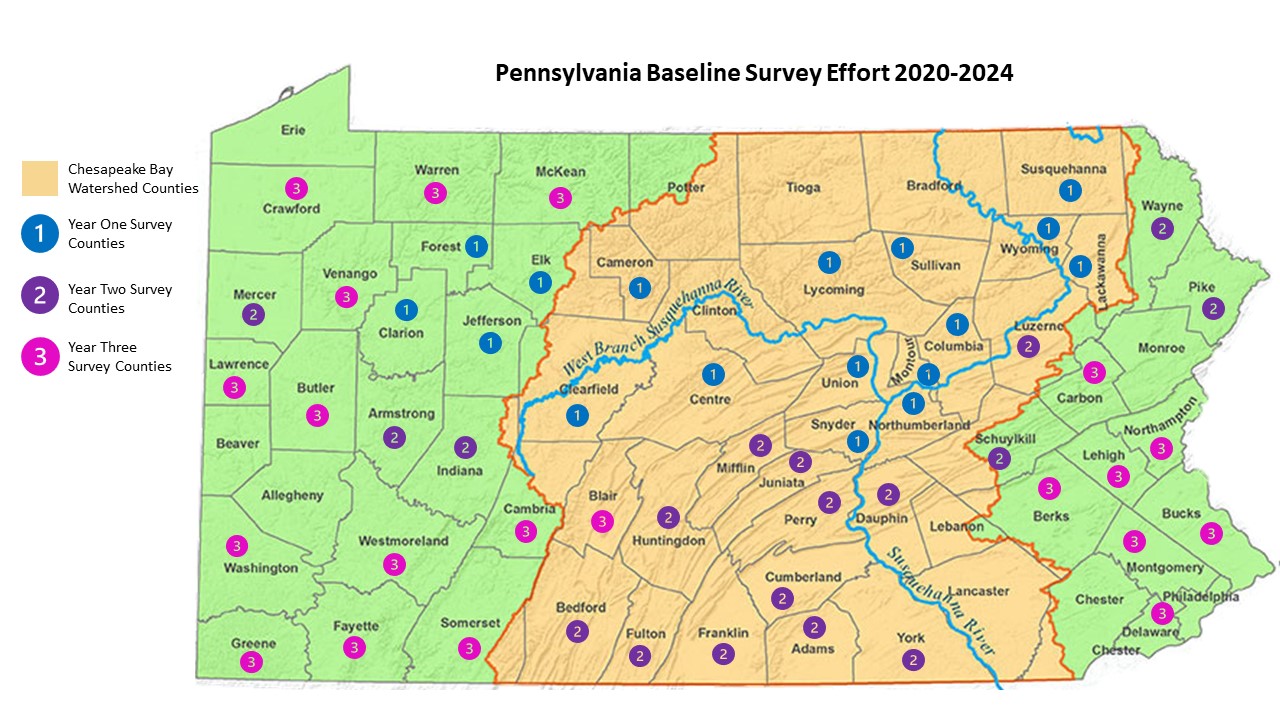
We will soon bring the first contractor on board to start the Year 1 survey work in Lycoming and Sullivan counties. Once this survey is underway and the methodology tested and tweaked where needed, we’ll begin to let other contracts for the remainder of the Year 1 counties.
We are selecting survey contractors from PHMC’s Preservation Services ITQ. If you are a consultant interested in this, and other, consulting opportunities with the PA SHPO, please pre-qualify for the Preservation Services ITQ. You can find information about that process here: https://pahistoricpreservation.com/shpo-itq-contract/.
Local Engagement
Engagement with local stakeholders is an important component of this – and any – survey effort.
Not only will it provide an opportunity to build relationships and educate a broader audience on the importance of survey but will also help PA SHPO document the places and spaces Pennsylvanians value in their communities.
For this project, a stakeholder is defined as someone having expert or in-depth knowledge of the history, development, and/or administration of the area being surveyed. This can include local historians, members of a local or county historical society, users and caretakers of a building or place, members of a community, and others.
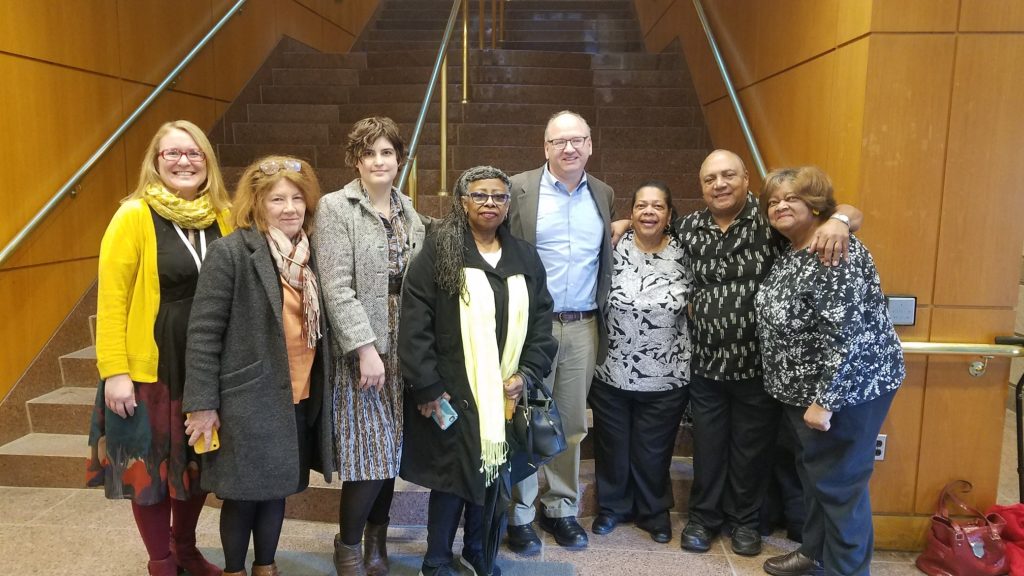
Local stakeholders in our target counties and municipalities and others are welcome to tell us about places in their communities using this link.
Many will be receiving an email from the survey project manager asking for input. If you receive one of these emails, please take a few minutes to complete the form and share it with others in your network.
Comment Policy
PHMC welcomes and encourages topic-related comments on this blog. PHMC reserves the right to remove comments that in PHMC’s discretion do not follow participation guidelines.
Commenters and Comments shall be related to the blog post topic and respectful of others who use this site.
Commenters and Comments shall not: use language that is offensive, inflammatory or provocative (this includes, but is not limited to, using profanity, obscene, or vulgar comments); disparage other commenters or people; condone illegal activity; identify the location of known or suspected archeological sites; post personal information in comments such as addresses, phone numbers, e-mail addresses or other contact details, which may relate to you or other individuals; impersonate or falsely claim to represent a person or an organization; make any commercial endorsement or promotion of any product, service or publication.
If you would like to comment on other topics not related to this blog post but related to PHMC, please fill out the PHMC Contact Us Form.
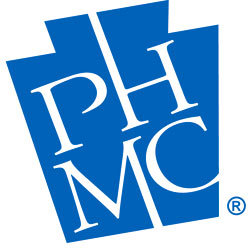
According to the Baseline Survey Map, Chester County was not included. The southern portion of the county is in the Chesapeake watershed. Kennett Square and surrounding areas played a significant role in the Underground Railroad. Delaware County, whose tributaries feed the Delaware Watershed, is included in the survey. I would appreciate clarification of the selection process.
Hi Cynthia,
Counties were selected for this baseline survey project based on the number and distribution of older and historic places in the PA Historic Places Inventory; those counties that have few places documented in CRGIS (which will be replaced by PA-SHARE later this month) were prioritized. Chester County has one of the highest number of places recorded in the PA Historic Places Inventory.
Can you add sites to this survey?
It was recently discovered that a schoolhouse in Erie Co., Millcreek Twp. appears on an 1865 atlas. The township purchased the property with the intent to demolish it for development.
https://www.goerie.com/story/news/local/2023/03/16/millcreek-township-pa-supervisors-authority-bel-aire-hotel-joe-roots-sandbar-grasshopper-manor-motel/70002299007/